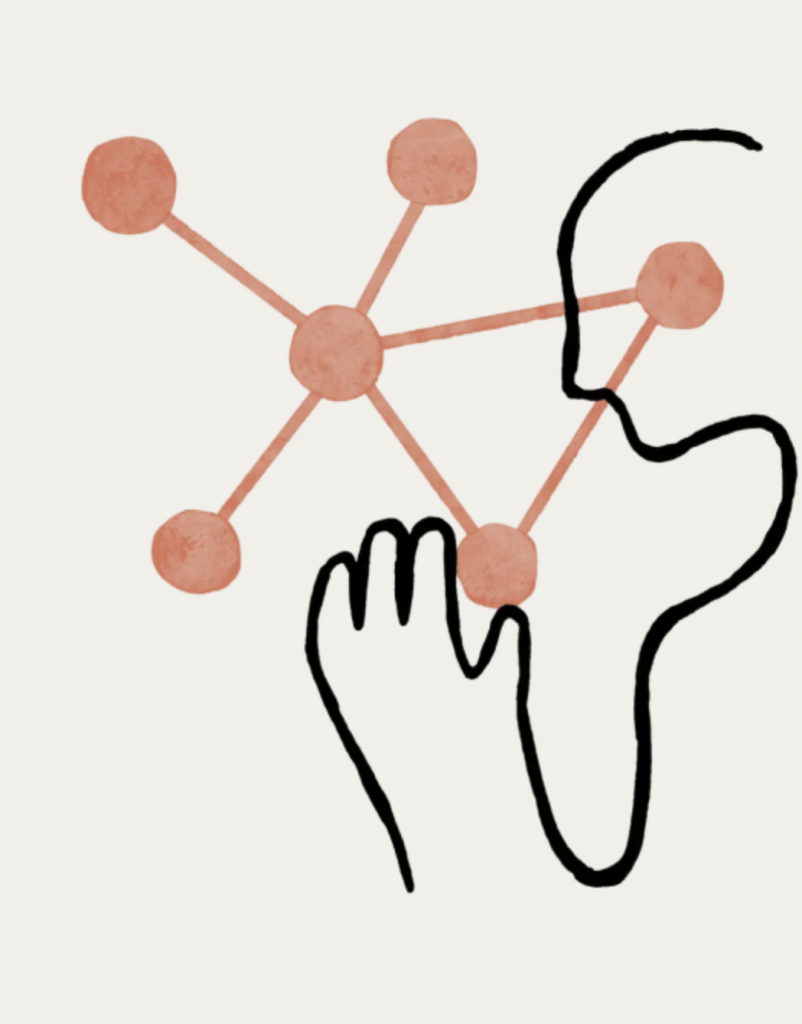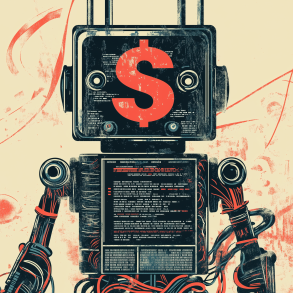The release of ChatGPT in 2022 marked a significant moment for businesses worldwide, catalyzing a slow but steady integration of generative AI into corporate strategies. Despite this, a recent report by work management company Asana and AI startup Anthropic reveals a stark gap in the actual deployment of these strategies within organizations.

The study, surveying over 5,000 knowledge workers from the United States and United Kingdom, found that while 52 percent of respondents utilize generative AI tools at work weekly, only 36 percent indicated that their companies have a formal AI strategy. More strikingly, a mere 13 percent of organizations have established shared AI principles for their teams.
This discrepancy is underlined by a difference in perception between executives and employees regarding AI resources. While 69 percent of executives report using AI weekly, only 43 percent of employees do the same. The divide extends to training budgets for AI, with 18 percent of executives believing there is allocated budget versus only 8 percent of employees concurring. “While executives believe they are providing resources for AI adoption,” the report states, “individual contributors are either unaware of or lack access to these resources.”

To bridge this gap, Asana’s Work Innovation Lab proposes a structured five-step plan based on the stages of AI maturity most businesses will experience. This journey begins with addressing the ‘five Cs of AI adoption’: comprehension, concerns, collaboration, context, and calibration.
The initial stage, AI Skepticism, involves enhancing awareness among employees about the potential of AI to support their work. At this phase, only a small fraction of employees understand the basics of generative AI, and few workplaces have formal policies. Education and training are crucial here, with strategies such as integrating AI literacy into onboarding, identifying internal AI advocates, and developing use-case libraries tailored to various teams.

The subsequent stage, AI Activation, focuses on initiating small-scale experiments to explore how AI can directly benefit the business. It is also a critical time to develop preliminary guidelines for AI use in the workplace. As employees grow more comfortable with the technology, new concerns emerge, such as fears of being perceived as lazy or inauthentic for using AI to complete tasks.
The report emphasizes that alleviating these fears involves reframing AI not as a shortcut but as a valuable collaborator. “Workers who see AI as a teammate rather than a tool are 33 percent more likely to report increased productivity as a result of the tech, and are 10 percent less likely to be concerned about unethical AI use at their organization,” the authors note.









